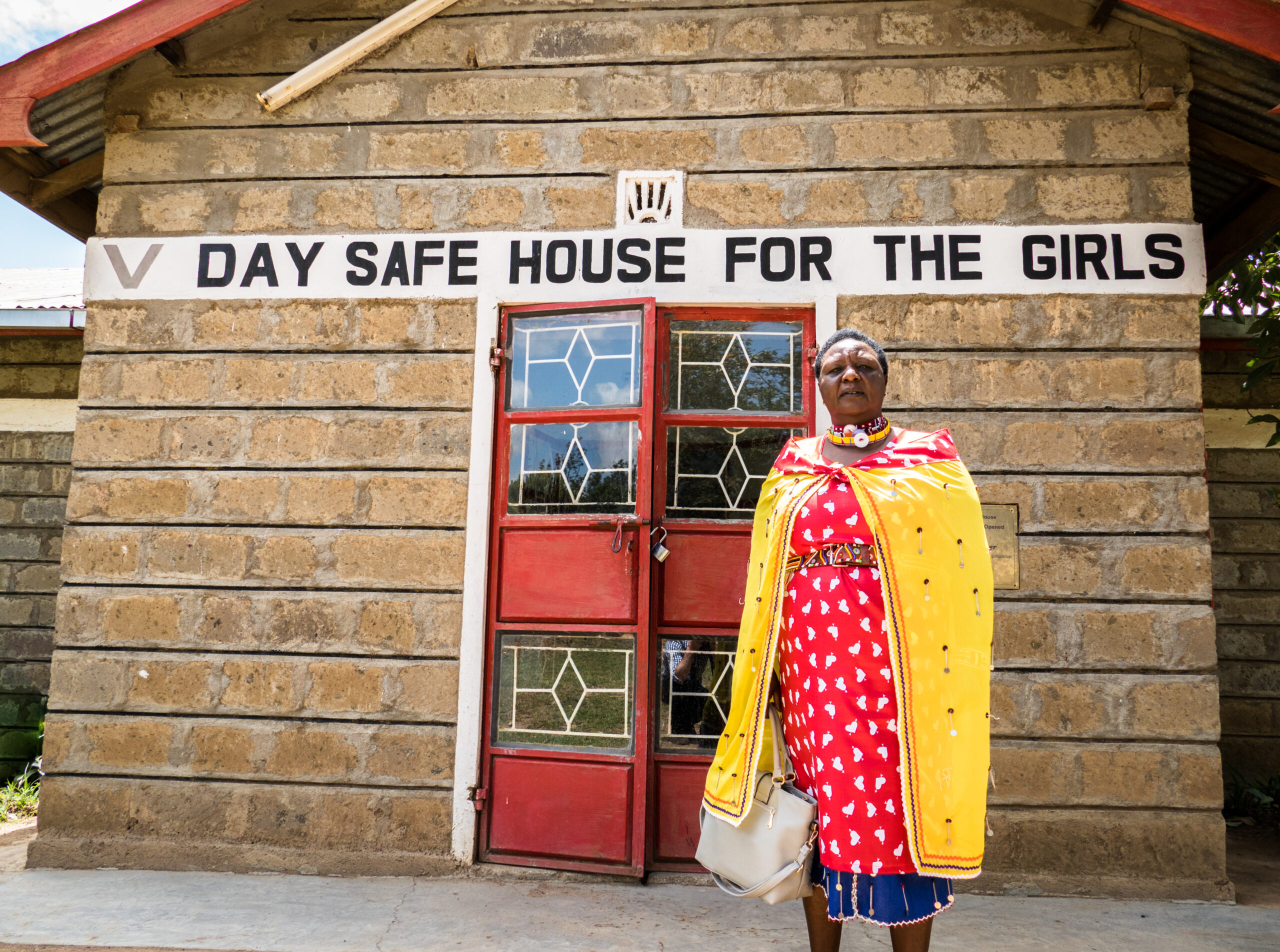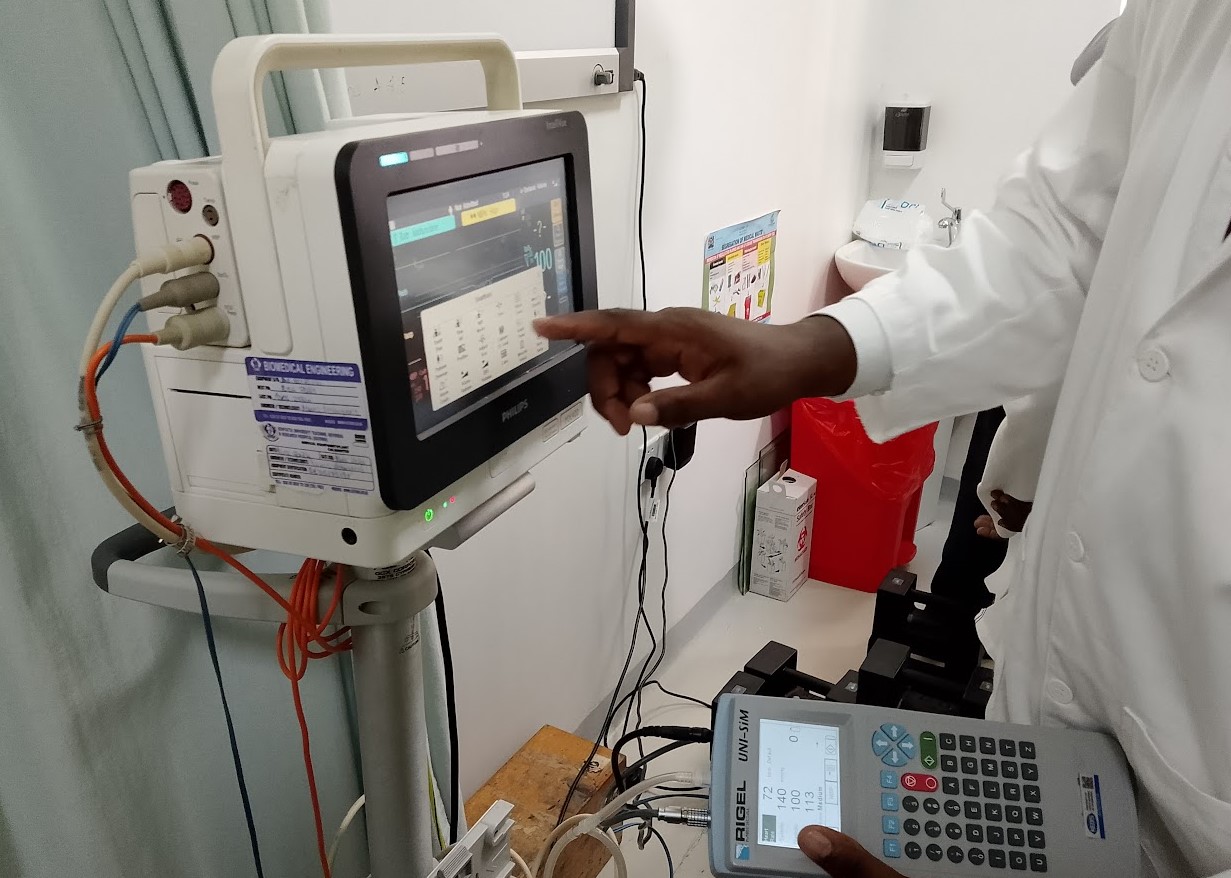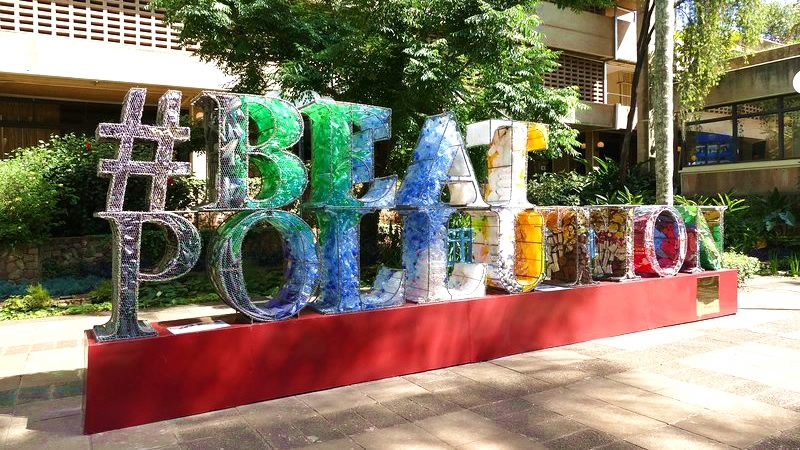
Reporter’s Diary: One Maasai’s fight against female genital mutilation
Some would come to the gate, knocking the gate to take their daughters.” Image courtesy: Oliver Jarvis[/caption]10 years ago, the sound of shouting and banging fists on the front gate of the “Safe House” would keep Agnes Pareyio awake at night. The commotion: Parents demanding the return of their girls so they could go through the traditional female Maasai rite of passage, ukeketaji, to become a woman.
That rite of passage for the girls is to undergo female genital mutilation (FGM) – a procedure that involves the partial or total removal of the external female genitalia for cultural or other non-medical reasons.
If performed on a young girl, the consequences can be fatal – from severe pain and haemorrhages, to complications during childbirth and increased risk of HIV transmission.

In a fight to end this, initiatives have been set up over the continent – and that is something that cultures who practice FGM are still coming to terms with.
“When we started [this initiative] we just wanted to discuss FGM. […] We didn’t know that they [the girls] would start running away because they disagreed with their parents.” Agnes Pareyio told us, within the Tasaru Ntomonok Initiative compound, or what others know as the Safe House.
“Before, I was an enemy [of the community]. Some would come to the gate, knocking the gate to take their daughters. But due to the Children’s Act and the new constitution, the community is now appreciating what I do.”
Founded by Agnes in 1999, the Tasaru Ntomonok Initiative (TNI) is a community-based organisation in the Southern Rift Valley, Narok District of Kenya that protects girls from tribal rituals and early marriages. Although FGM has been outlawed in Kenya since 2001, a majority of girls of semi-nomadic tribes, like the Maasai and Samburu, still undergo this ritual. TNI is one of the leading initiatives in the county trying to transform this, and in turn, looking to bring change to how the community views women.
Through educational workshops in school, and exchanging in dialogue with respected elders, TNI are actively participating in bringing about change. But along this journey, there have been a number of challenges that Agnes is still working with today.
“I am fighting a culture, and I also come from the same community. So, people wonder, why am I fighting a culture? […] They believe a woman cannot be a woman without the cut, and they think they are the way they are because of the culture. So it isn’t easy to talk about it,” Agnes said.
According to the Kenya Demographic Household Survey of 2014, some 78% of Maasai women and 86% of Samburu women between the ages of 15 and 49, have been mutilated. Agnes was one of the girls who went through the experience:
“You lose almost everything. You bleed. There is no doctor around. You cannot cry, because your father is around.
“‘Don’t cry, don’t cry, don’t cry.’ That’s the only voice you can hear,” Agnes said.
“What I know about it is pain. It is all pain. Nothing else.”

“I ran from my parents’ home because they wanted me to undergo FGM, and also to be married,” said Doris, a 17-year-old who came to the Safe House in 2009.
“I found myself running to a local church where I got help from my Pastor and he helped me to get here,” she added.
Another girl, Selan – also 17 – ran away because she had learnt of the potential dangers of the ritual through an FGM education workshop: “I ran away from FGM, [because] I was told about it and the consequences and I was not happy about it.”
“I was brought by Agnes, and as I came I was taken to school.”
Lastly, we spoke to Roda, who at a young age had been victim of an arranged marriage to an elder.
“My father said before I came [to the Safe House] that they had already planned the ceremony for marriage [for me]. That they had already brought a man, an old man, to my home. The moment I heard the story, I made up my mind and I ran to the Safe House.”
The Safe House, under the TNI initiative, stood as a refuge point for these girls. It offered them an opportunity to live their life free of the worry of the dangers of FGM.
“When I get older I want to be a surgeon,” Selan told me, smiling at the thought of a future that would have been forbidden to her a few years ago.

There are many girls who have left the Safe House and been accepted back in the communities – some are married, even. They become educators in the villages, running workshops with young girls to explain the severity of FGM and the career alternatives that are out there for them.
It is one thing that Agnes stands proud of, not only has she offered a refuge for girls who have fled, but she has helped design a culture through education. A culture that sees girls from all over the county achieve equality, and, in turn, save the lives of thousands.





